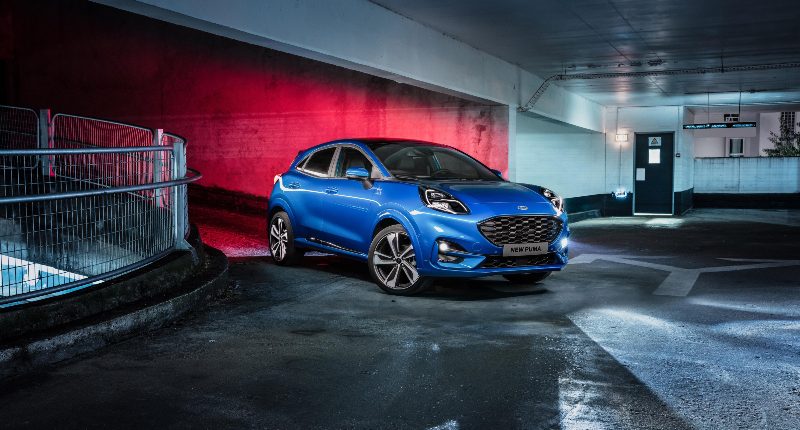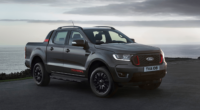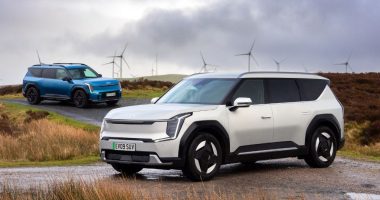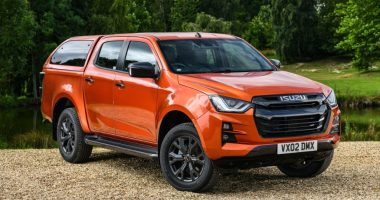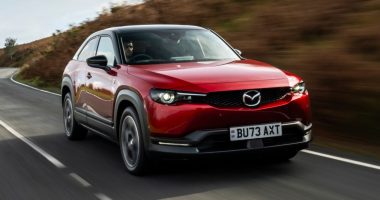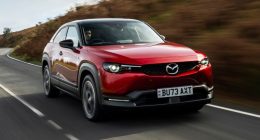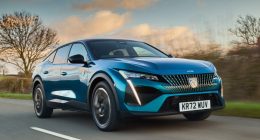Small, stylish and fun to drive just about sums up the original Ford Puma – the one that burst on to our TV screens as it screeched through the streets of San Francisco with late Hollywood A-lister Steve McQueen driving. The badge returns here as an SUV, so will it be another box office hit?
Table of Contents
A PUMA SUV? I’M FAR FROM CONVINCED
Well, you should be. The new Puma retains the core attributes that made the original such a must-have car, albeit wrapped in a body that is considerably roomier and more accommodating. To put that into context, the Puma is 54mm taller, 146mm longer and a whole 71mm longer than a Fiesta – the car on which it is based. Besides clever interior packaging, ease of use is also at the heart of the compact crossover segment which explains an options list made up of a motorised tail-gate (£600) and a Driver Assistance Pack (£900) comprising cameras and sensors for safer commutes.
WHY CHOOSE THIS OVER SOMETHING ELSE?
It’s a good question, especially when you consider the small SUV class is currently bursting at the seams with choice. Ford knows people buy these cars with their heads – but their hearts come into play too, which is why it is making a song and dance about the Puma’s apparent “stand-out looks” and “head turning proportions”. In ‘ST-Line X’ guise, that argument is strengthened by 19-inch wheels (£450) and a palette that includes ‘Desert Island Blue’ metallic paint (£650). Subtle badging, sporty sill extensions, a roof-mounted spoiler and a chrome tipped exhaust pipe are all standard on costlier versions. Another welcome feature are the coloured wheel-arch extensions.
IS THE INTERIOR AS ‘STAND-OUT’?
Owners of a current Fiesta, Focus or Kuga are going to spot the obvious similarities between them and the Puma as switchgear is shared between them all including the perched central touchscreen that uses the company’s latest SYNC3 software. Flashes of red stitching and silver trim and naked faux carbon fibre inject interest, yet they fail to tackle the hemmed-in feeling created by the sea of dark plastics and black headlining. Quality is, by and large, acceptable, but there are too many brittle-feeling plastics on show – evidence corners have been cut in the name of profit making.
JUST HOW PRACTICAL IS IT, THEN?
Passenger space in the second row is reasonable enough but despite the extra girth we mentioned earlier, the Puma is still a narrow B-segment SUV. Those sat in the back will not feel as separated as they might in a Volkswagen T-Cross or a Skoda Kamiq. It is better news as far as headroom and legroom are concerned: neither is compromised, even if the driver and front seat passenger are 6ft something. Boot space in mild hybrid guise is worth mentioning as it drops from 456- to 401-litres. It is still a good size and shape and there’s only a teeny load lip to contend with. Being height adjustable has its advantages and if you raise the boot floor you reveal the Puma’s party piece – an 80-litre hole in the floor called a ‘Megabox’. It pushes total load carrying for five to 536-litres.
WHAT ENGINES ARE AVAILABLE?
A frugal diesel is set to join the range shortly but for the time being the Puma’s a petrol-only affair. All three petrol engines are 1.0-litre, three-cylinder turbocharged units, two of which are paired to mild-hybrid assistance that harvests energy through regenerative braking. Energy is stored in a 48-volt battery and deployed under hard acceleration to a) ease engine strain and b) fill in any gaps as the turbo spools into life. The smaller 123bhp petrol we drove felt strong and urgent but the battery’s input is not easily detectable. Still, combined with trick cylinder deactivation you can reasonably expect daily fuel economy to be somewhere in the mid- to high-40mpg.
IT DOESN’T DRIVE LIKE MOST SUVS
Information gleaned from honing the Fiesta Mk8’s dynamics is at play here. Despite the Puma’s loftier stance, this is a pleasingly satisfying crossover to drive. Being a tad sporting, ‘ST-Line’ cars throw tauter springs and beefed-up shocks into the suspension mix to dial out body roll and deliver a sense of fun from behind the wheel. On the larger optional wheels the ride compliance is diluted on bitty and tired looking roads, but the grip they offer is probably worth the trade-off. A slick 6-speed manual gearbox, a choice of five driving regimes, and steering that falls on the right side of assisted make this a fine SUV choice. One aspect that could be revisited by engineers is the Puma’s brake recuperation; the ability to fine tune this on throttle lift-off would be welcome indeed.
PROS & CONS
+ Most fun-to-drive small SUV
+ Peppy and economical engine
+ Boot is cleverly packaged
– Coarseness to damping
– Some options are pricey
– Engines currently capped
FORD ‘MEGABOX’: This is one example of how Ford has attempted to maximise space with the Puma. This deep, square-shaped trunk is found under the boot floor and can be washed down if dirty items have been placed in it thanks to there being a bung in the floor. Downsides? Owners who like lugging the safety net of a spare wheel about in cases of emergency must do without.

STYLING: The exterior on ‘ST-Line’ models is lifted with a tastefully styled body kit comprising a deep front bumper, sculpted side sills, a roof spoiler and a fake diffuser for the underside of the back bumper. Finished in an eye-catching blue hue, our test car’s alloys measured 19-inches; the trade-off is wearisome tyre roar. Other pimp-my-Puma extras included LED headlights (£800).
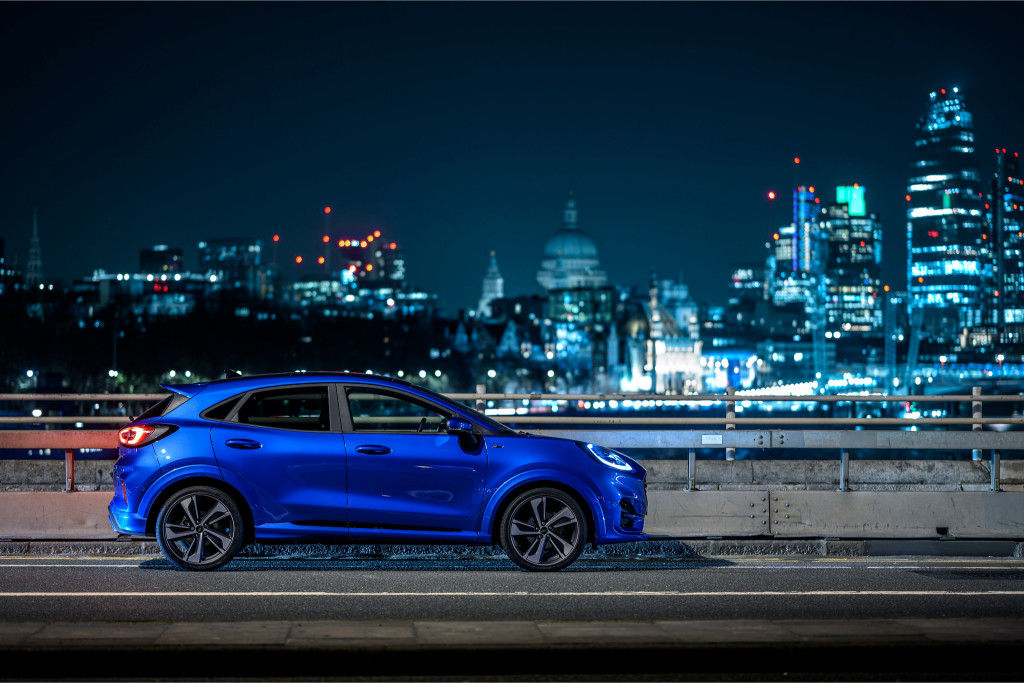
INTERIOR: The cabin is a mirror image of the Fiesta supermini which lends most of its architecture to the reborn Puma. Alloy pedals and red embellishments are just two clues to the sporting DNA of ‘ST-Line’ trim. Measuring 12.3-inches, the driver display lacks real tailorability but is simple to fathom, much like the infotainment system that is Apple CarPlay and Android Auto compatible.

PRACTICALITY: Engineers who worked on the Puma have clearly given a lot of thought to comfort. There is ample space for storing keys, phones and personal possessions away safely. This is on top of decent-sized door bins, a square cubby underneath the front armrest, and cupholders between the driver and front passenger seats. The only blot in the car’s copybook is a narrow second row.
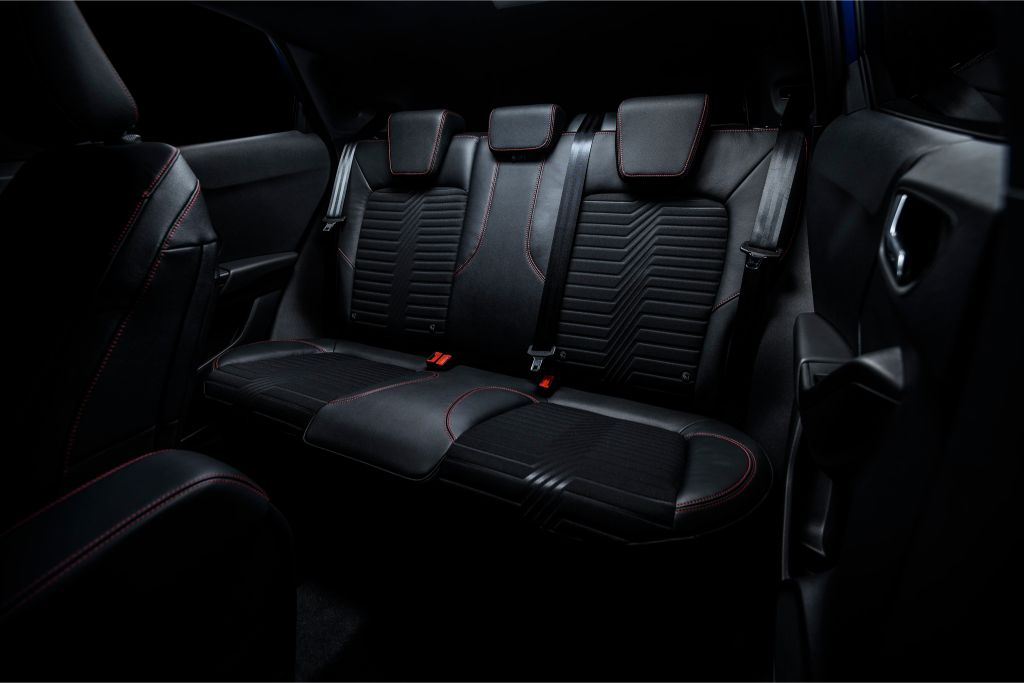
SPECIFICATION
Price: £27,045 (as tested)
Engine: 1-litre, 3cyl turbo petrol
Power/torque: 123bhp/125lb ft
Transmission: 6-speed manual, front-wheel-drive
0-62mph: 9.8 seconds
Top speed: 119mph
Economy/CO2: 51.4mpg/99g/Km
